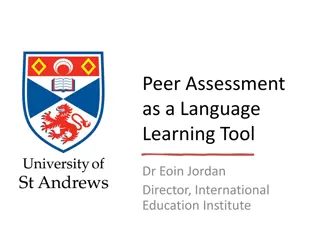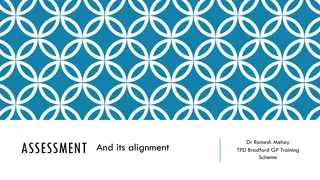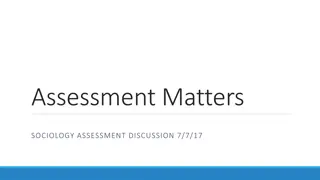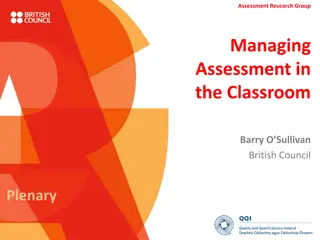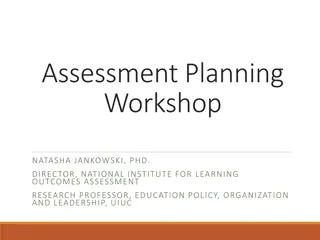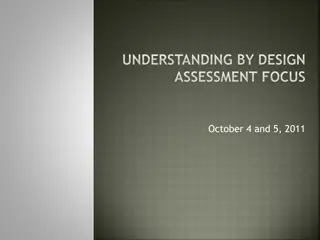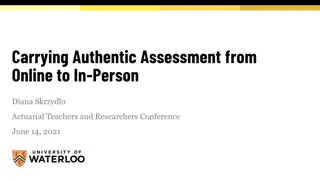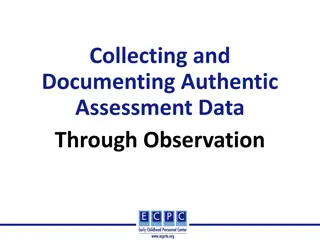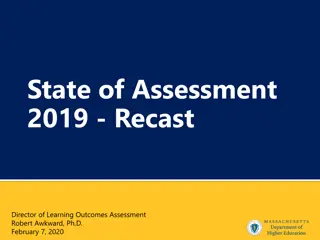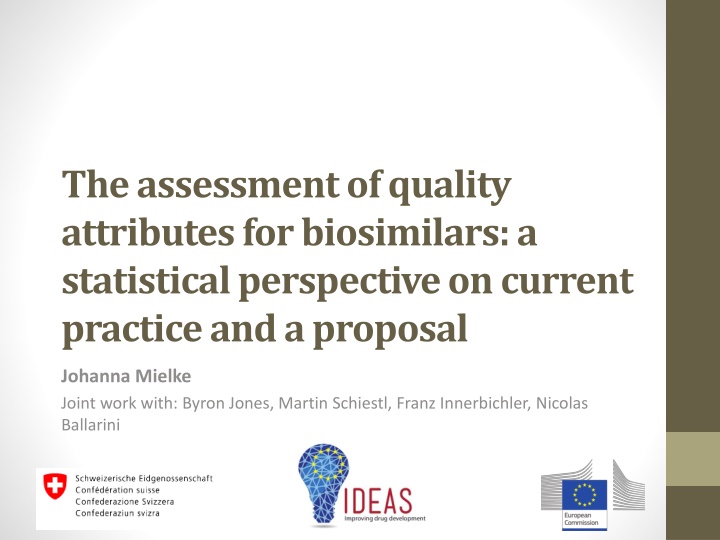
Statistical Perspective on Assessing Quality Attributes for Biosimilars
Explore the statistical perspective on assessing quality attributes for biosimilars with a focus on establishing analytical similarity in biosimilar development. Gain insights into current practices, challenges, preferred statistical approaches, and the importance of asking the right research questions to ensure appropriate statistical analysis.
Uploaded on | 1 Views
Download Presentation

Please find below an Image/Link to download the presentation.
The content on the website is provided AS IS for your information and personal use only. It may not be sold, licensed, or shared on other websites without obtaining consent from the author. If you encounter any issues during the download, it is possible that the publisher has removed the file from their server.
You are allowed to download the files provided on this website for personal or commercial use, subject to the condition that they are used lawfully. All files are the property of their respective owners.
The content on the website is provided AS IS for your information and personal use only. It may not be sold, licensed, or shared on other websites without obtaining consent from the author.
E N D
Presentation Transcript
The assessment of quality attributes for biosimilars: a statistical perspective on current practice and a proposal Johanna Mielke Joint work with: Byron Jones, Martin Schiestl, Franz Innerbichler, Nicolas Ballarini
Disclaimer and acknowledgment The opinions expressed in this presentation and on the following slides are solely my own and not necessarily those of Novartis or Sandoz or Bayer. This project was supported by the Swiss State Secretariat for Education, Research and Innovation (SERI) under contract number 999754557. The opinions expressed and arguments employed herein do not necessarily reflect the official views of the Swiss Government. The project is part of the IDEAS European training network (http://www.ideas-itn.eu/) from the European Union s Horizon 2020 research and innovation programme under the Marie Sklodowska-Curie grant agreement No 633567.
Analytical similarity in biosimilar development Biosimilar development Establishing of analytical similarity is the foundation of all biosimilar development programms However still no clear answers to: Definition of analytical similarity (what does similar mean) Preferred statistical approaches Clinical PK/PD Pre-clinical Analytical Can we learn from clinical development strategies?
Transferring strategies from clinical development is challenging Often extremely limited sample size (challenge to increase) Many dimensions of molecule to consider Relevance to clinical safety and efficacy often unclear Concept of independent and identical distributed observations might not hold (e.g., shifts and drifts) Kim et al. (2017): doi: 10.1080/19420862.2017.1305530
Without the correct research question: no appropriate statistical analysis What does analytical similarity mean? Equivalence in mean value? Intuition: Test: Compare distributions instead of mean values?
Without the correct research question: no appropriate statistical analysis What does analytical similarity mean? Equivalence in distribution? Intuition: Test: Range-type hypothesis? The probability to observe an extremer value for the biosimilar than for the reference product is small.
A range-type hypothesisforanalytical similarity Reference product Biosimilar Tails of Reference are heavier than tails of Test Equivalence margin
The tail-test: numericalexample Set q=0.1, =0.05, c=-0.1 (hyperparameter) Estimate mean values and standard deviations: Estimate quantiles of reference product: Calculate test statistic values: Comparison to simulated critical values equivalent
The tail-test: Shinyapp https://nballarini.shinyapps.io/tailTest/
Operating characteristics: compared approaches Methodologies: T1: Mean value comparison (Tsong et al.): qr: Quality ranges: Z% of T observations in mm: Min/max approach: range of observed values for biosimilar lies within observed values of reference product piti: Prediction-interval-within-tolerance interval (Boulanger et al.) To enable comparability: tune all approaches to reject in 5% of the cases for Tsong s null hypothesis
Operating characteristics: considered settings Used for calibration
Operating characteristics: results T1: not appropriate for this type of hypothesis mm: Only reasonable if variability of biosimilar is much smaller than reference Rate of comparability claims qr: low power piti: performance highly depends on sample size tail: reasonable properties, but not most powerful in all situations Scenario
Discussionandconclusion Still high uncertainty on appropriate statistical strategy for establishing analytical comparability Method development requires input from subject matter experts on research question (what do we want to know?) Range-type hypotheses as proposed today appear reasonable but is difficult to handle from a statistical point of view From my perspective: all currently available approaches have flaws Future research required to identify best solution
Thank you very much! Question/Comments? Please let me know! Johanna Mielke [johanna.mielke@bayer.com]


